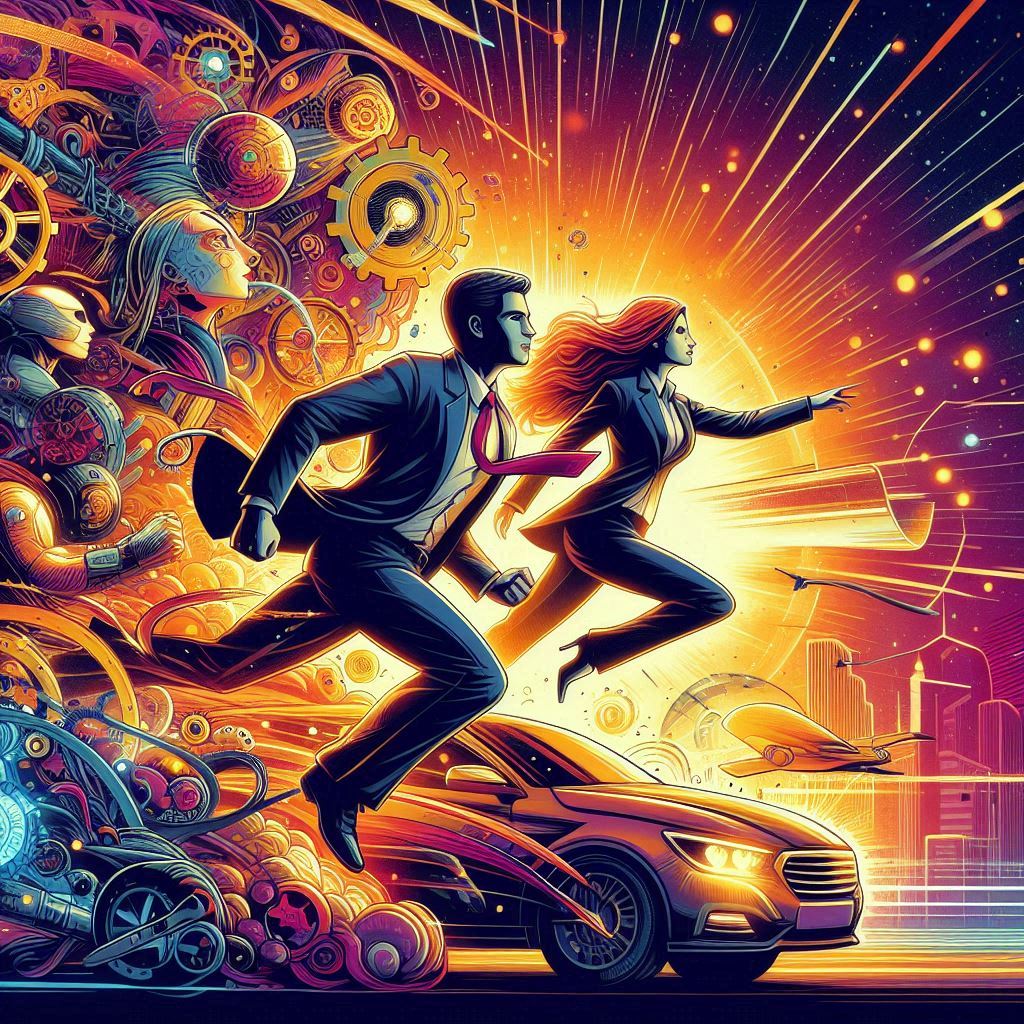London has a thriving arts-focused cultural scene. The city is home to over 1,500 permanent exhibition locations, many of which provide free entry. If you have a passion for classical, modern, old masters, or contemporary art, London provides a diverse selection of galleries to visit. The numerous choices available can make it challenging to select the ideal gallery for your upcoming artistic endeavor.
But what exactly made London the cultural hotspot that it is today? Why are artists and creatives drawn to the British capital in large numbers, along with galleries?
The answer is straightforward: London has everything.
What Defines London as an Art City?
London has a long and illustrious history of providing artistic assistance. A city that prioritizes the arts and culture is referred to as an “art city,” as these aspects are thought to be fundamental to the identity of the place. The local economy, reputation, and cultural tourism are greatly enhanced by a well-established engagement with and support for the arts and cultural activities.
It goes without saying that the creative industries will employ a significant fraction of the people living in the art city. This vast network, which serves contemporary art enthusiasts and features pieces by regionally and internationally acclaimed artists, adds to London’s standing as one of the world’s top art destinations.
A Prominent Institution
One of the top 10 contemporary art galleries in London, The Whitechapel Gallery is a location that is less well-known. This important cultural organization was founded in 1901 in London’s east end and is committed to enabling art to be seen by a larger public.
It has hosted international artists including Sol LeWitt, Jackson Pollock, and Nan Goldin and displayed masterpieces like Picasso’s Guernica over the years. It continues to assist emerging and contemporary artists today with events like the London Open, which welcomes artists living in the city, and Artists’ Cinema International, a collaborative effort showing international cinema, video, and animation.
The Whitechapel Gallery recently hosted “Nicole Eisenman: What Happened,” an exhibition that covers the artist’s three-decade career and including pieces that have never been displayed in the UK. This exhibition features a variety of Eisenman’s artistic and creative processes, including large paintings, sculptures, monoprints, animations, and sketches.
Eisenman’s critical and oftentimes humorous analysis of modern socio-political issues, such as gender, identity, sexual politics, protest, activism, US civic unrest, and the impact of technology on interpersonal relationships, is presented in this eight-part historical exhibition.
An Artist Profile: Nicole Eisenman
Born in Verdun, France in 1965, Nicole Eisenman moved to a town outside of New York City in 1970. In 1987, she received her degree from Rhode Island School of Design. At the height of the AIDS crisis and the figurative painting trend, in the early 1990s, she first gained recognition as an artist in New York.
Eisenman rose to fame with her paintings that questioned sexism in popular culture and promoted female utopias. A crucial turning point in Eisenman’s career occurred when The Drawing Center director at the time, Ann Philbin, discovered one of her drawings in the trash and encouraged her to take on a more personal artistic voice.
Eisenman uses Marvel Comics’ character the Thing, renamed as ‘Obscurity’, to symbolize herself as an emerging artist. ‘Obscurity’ is depicted as vulnerable and hurt, contrasting with the tough persona of the green monster, reflecting Eisenman’s personal and psychological struggles within the art world.
In the late 2000s, Nicole Eisenman shifted her artistic focus from introspective pieces to more globally-oriented themes. Influenced by significant events like the 2004 re-election of US President George Bush, the ‘War on Terror,’ the economic downturn post-2008, and increasing awareness of the climate crisis, Eisenman began creating socio-political allegories. Works such as “Coping” and “The Triumph of Poverty” evoke early 20th-century figuration and expressionism, reminiscent of Vienna’s artistic styles, where her grandparents resided.
Eisenman explored the beer garden setting in four notable pieces during this period, often depicting herself drinking amidst a scene where death looms among other characters. Known primarily for figurative paintings, Eisenman is versatile, working across various mediums including installations, drawings, and sculptures. Her art merges personal and political narratives, showcasing a constantly evolving artistic practice. Her latest work, “Maker’s Muck” (2022), displayed in Gallery 7, features a wooden stage with a potter shaping clay amidst discarded sculptures, illustrating the ever-changing journey of lived experiences and the experimental nature of artistic evolution.
Photo Credit: “Whitechapel Art Gallery and Library” by Reading Tom.



